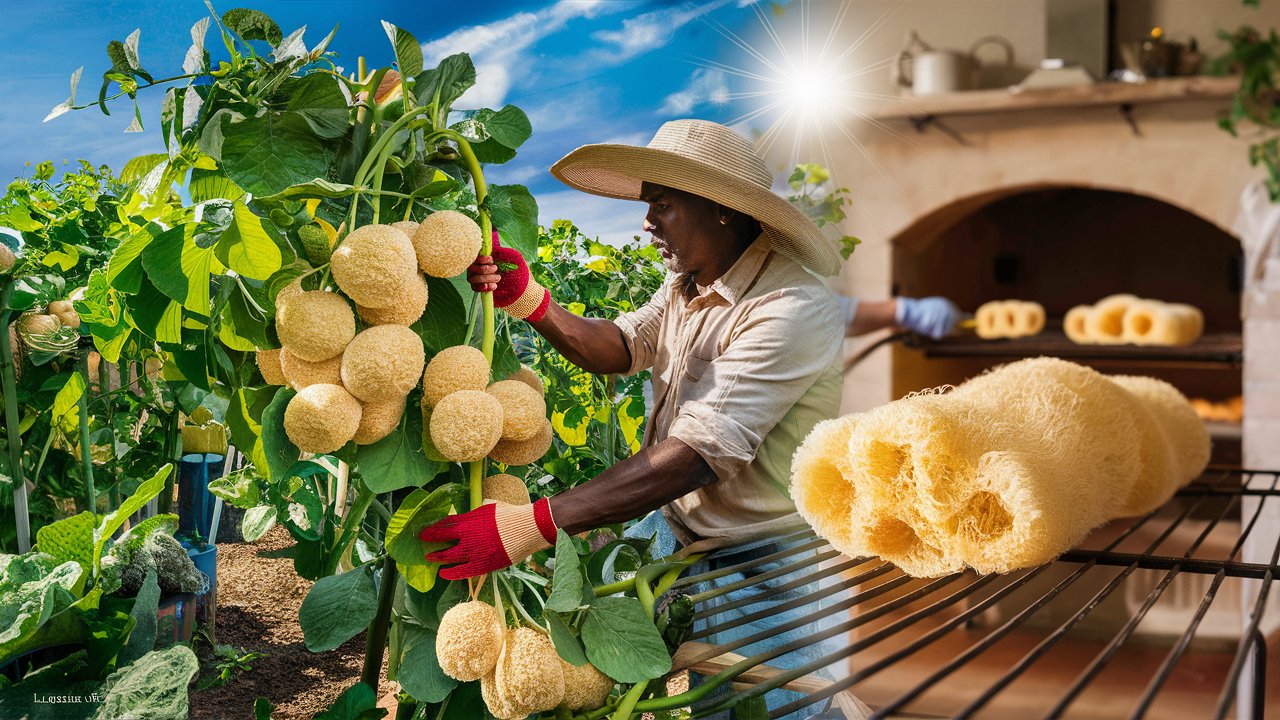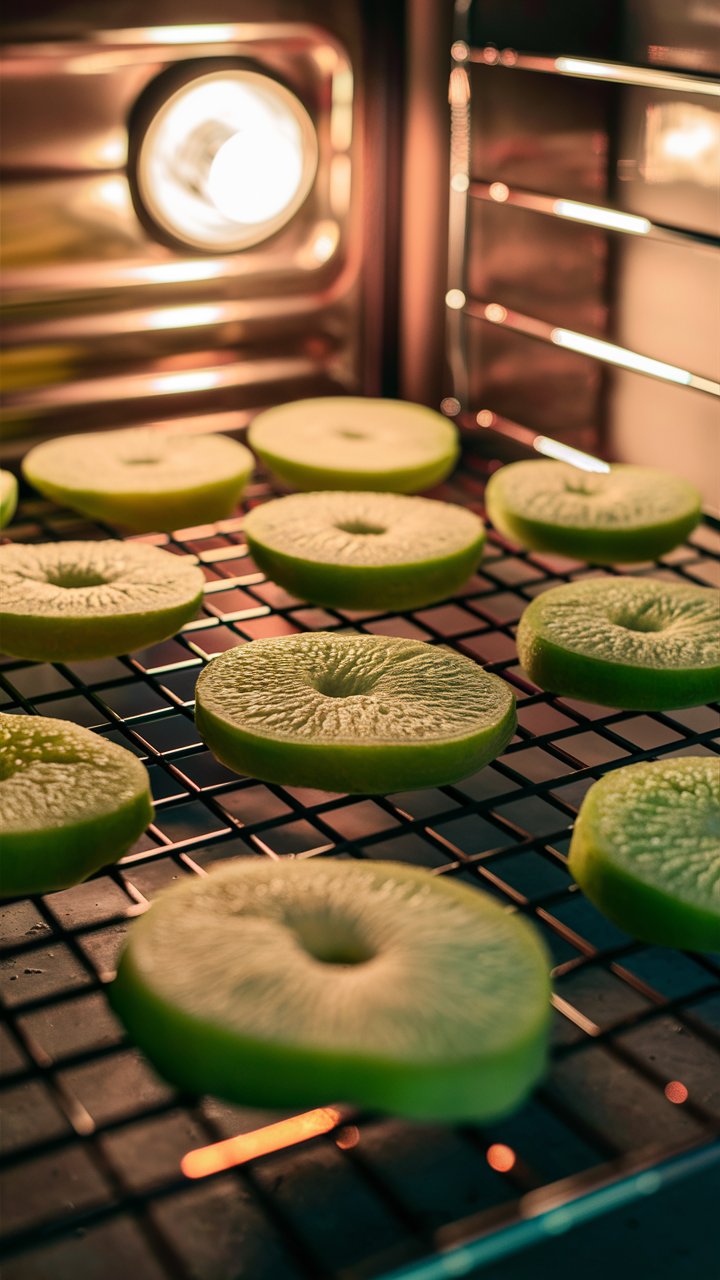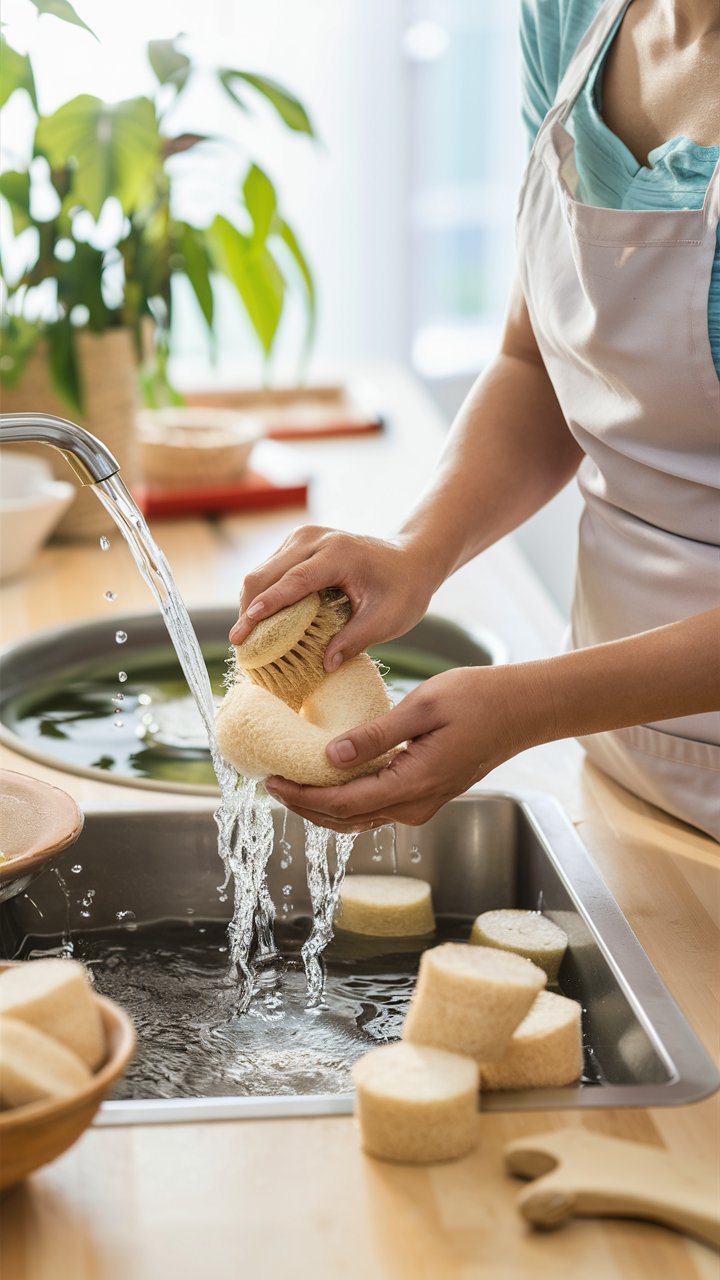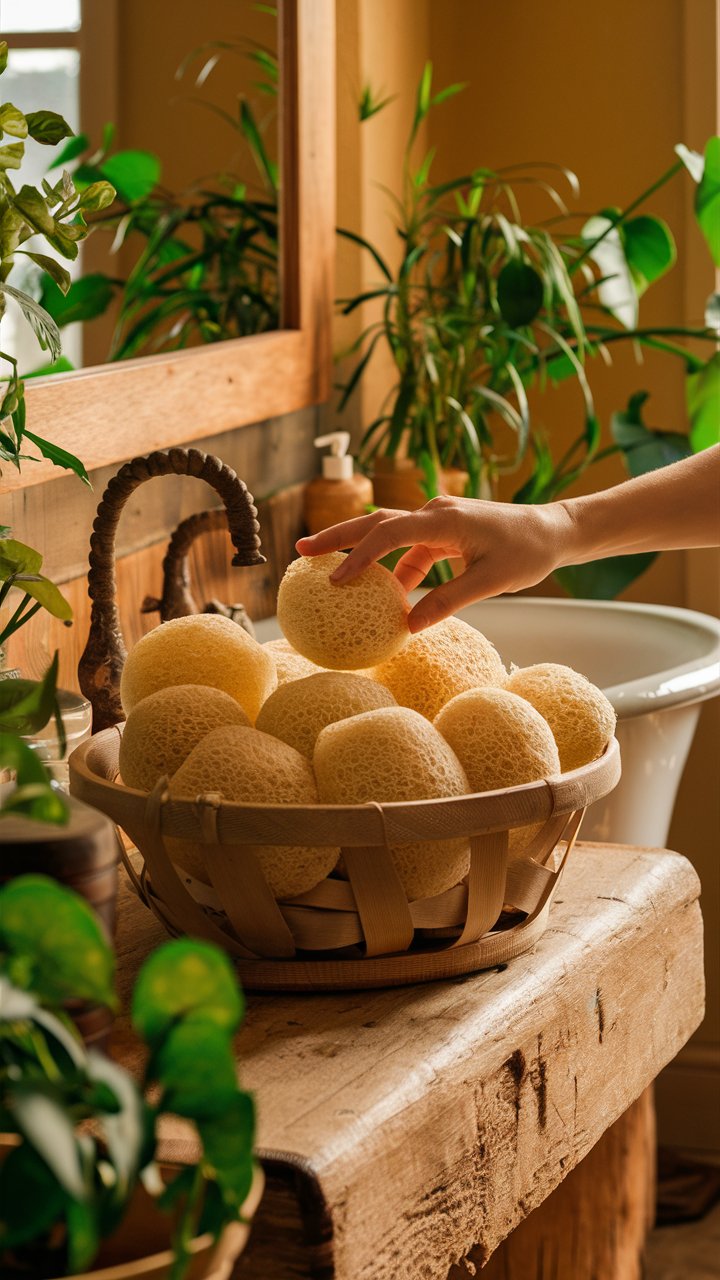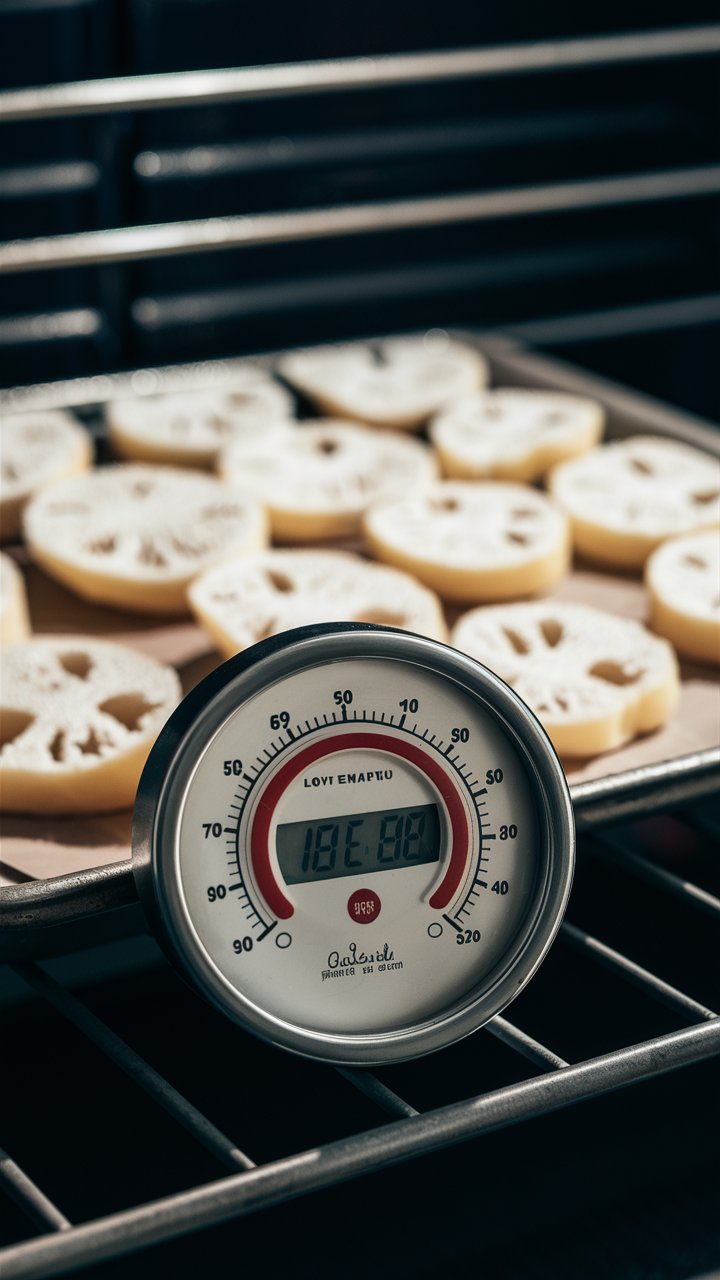Introduction
Drying luffa in the oven transforms them into functional loofah sponges, offering a straightforward method for gardeners to utilize their crops. This process begins by cleaning the luffa, which involves peeling the outer layer and extracting seeds, then arranging the prepared luffa on a wire rack inside an oven set to a low heat. It’s important to monitor the drying process closely, as the luffa should dehydrate gradually to avoid burning, turning them occasionally to ensure they dry evenly. This method proves especially beneficial for those who may not have access to ample sunlight or reside in cooler climates where natural drying is less feasible.
As you embark on this plan, consider the size and water content of the luffa, as these factors will dictate the drying time, typically requiring several hours. Maintaining a consistent low temperature, around 100 degrees Fahrenheit, is vital as it helps preserve the integrity of the luffa’s fibers, preventing them from becoming brittle. By following these instructions, you can achieve optimal drying conditions, even in environments with high humidity or during unfavorable weather conditions, ensuring your luffa turns into a high-quality sponge.
Key Takeaways
- Drying luffa in the oven is an effective method to create loofah sponges, ideal for gardeners without access to strong sunlight or those living in cooler climates.
- Maintaining a low and steady temperature around 100 degrees Fahrenheit is crucial to ensure the luffa dries evenly without damaging the fibers.
- Regular monitoring of the drying process is necessary to prevent overheating and ensure even drying of the luffa.
- The initial cleaning process, involving peeling and soaking the luffa, is essential to prevent mold and ensure a quality final product.
- Using green luffa as a loofah sponge is an eco-friendly alternative to synthetic sponges, promoting sustainable living and skin health.
- Managing indoor humidity levels is important when drying luffa in the oven, especially in humid climates or during adverse weather conditions.
The Process of Drying Luffa in the Oven: A Step-by-Step Guide
Drying luffa in the oven is a practical method for gardeners wanting to transform their harvested gourds into loofah sponges. Start by peeling the green luffa and removing the seeds. Lay the cleaned luffa on a wire rack inside the oven set to a low temperature. This slow drying process helps the luffa turn brown and harden without burning. Regularly check the luffa, turning them occasionally to ensure even drying. This method is effective for gardeners who might not have access to strong sun or live in cooler climates.
Selecting the Right Temperature for Oven Drying
To successfully dry luffa in the oven, it’s crucial to select the right temperature. A low and steady heat setting, around 100 degrees Fahrenheit, is ideal. This gentle warmth allows the luffa to dehydrate slowly, preventing any damage to the fibers while ensuring that they dry uniformly without becoming brittle. Monitoring the oven periodically ensures that the temperature remains consistent throughout the drying process.
Timing and Monitoring Your Luffa
Timing is key when drying luffa in the oven. The process can take several hours, depending on the size and moisture content of the luffa. It’s important to check the luffa every hour, rotating them if necessary to promote even drying. This regular monitoring helps prevent overheating, which can cause the luffa to shrink or warp.
How to Clean and Prepare Luffa for Drying: Essential Tips
Preparing luffa for drying begins with a thorough cleaning to remove dirt and residual seeds. Start by peeling the outer green skin and then soaking the luffa in a bleach solution to kill any bacteria. Rinse thoroughly under running water to remove all traces of bleach. Once clean, cut the luffa into sections if desired, or leave them whole based on your size preference for the final sponge. This initial cleaning is crucial to ensure that the luffa dries properly and remains free from mold and odors.
Advanced Tips for Preparing Luffa for Oven Drying
1. Optimal Harvest Time:
Harvest luffa when they are fully mature and have developed a fibrous texture, usually when the skin starts to yellow and feel slightly loose. This ensures the fibers are robust enough to withstand the drying process without collapsing.
2. Natural Cleaning Alternatives:
Instead of using a bleach solution, opt for natural disinfectants like vinegar or baking soda. These substances effectively clean the luffa while being gentler on the environment and safe for handling.
3. Pre-Drying Preparation:
To facilitate faster and more uniform drying, slightly score the skin of the luffa with shallow cuts. This allows better heat penetration during the oven drying process.
4. Ideal Cutting Technique:
Cut the luffa into uniform sizes to ensure even drying. Consider the end use—smaller pieces for facial pads and larger ones for shower sponges—to maximize the utility of each section.
5. Humidity Control:
If your oven has a convection setting, use it to promote airflow and manage humidity levels within the oven, speeding up the drying process and preventing mold growth.
This list introduces practical tips that go beyond basic cleaning and preparation, providing readers with advanced strategies for optimizing the drying process of luffa in an oven.
Effective Cleaning Techniques
Before drying, effectively cleaning your luffa is essential to prevent mold and ensure longevity. Use a stiff brush to scrub the outer skin and a diluted bleach solution to disinfect. Thoroughly rinsing the luffa under cool water will remove any residue, preparing it for a safe and effective drying process.
Preparing Luffa for the Oven
Once cleaned, preparing your luffa for the oven involves cutting them to your preferred size and arranging them on a wire rack. This setup allows air to circulate freely around the luffa, which is crucial for even drying. Ensuring the luffa are not overlapping is key to achieving the best results.
Benefits of Using Green Luffa as a Loofah Sponge
Green luffa, when dried and prepared correctly, makes for an excellent loofah sponge due to its rough texture that’s perfect for exfoliating. Using a home-dried loofah sponge is environmentally friendly and ensures that you’re using a product free from industrial chemicals. Drying your own luffa also allows for a chemical-free process, resulting in a more natural and skin-friendly product. Gardeners can follow this sustainable practice to not only recycle their garden produce but also to take a step towards a more eco-friendly lifestyle.
Eco-Friendly and Sustainable
Using green luffa as a loofah sponge is an eco-friendly alternative to synthetic sponges. These natural sponges are biodegradable and free from the environmental toxins often found in manufactured cleaning products. Opting for luffa not only benefits your skin but also supports sustainable living practices.
Health and Skin Benefits
Dried luffa sponges offer numerous health and skin benefits, including natural exfoliation and improved circulation. Regular use of a luffa sponge can help remove dead skin cells, promoting clearer and healthier skin. Additionally, using a natural luffa reduces the risk of allergic reactions commonly associated with synthetic materials.
“Choosing to grow and use your own organic loofah is a step towards embracing sustainability. Each luffa sponge harvested from your garden is a declaration of independence from the toxic inputs of industrial consumerism.” – Vandana Shiva
Understanding the Best Conditions for Drying Luffa in the Oven
The best conditions for drying luffa involve a controlled environment where temperature and humidity can be managed. Drying luffa in the oven allows you to set a consistent low heat, which is crucial for slowly removing moisture without cooking or burning the fibrous material. Ensure the oven is at a setting low enough to just warm the air around the luffa—typically around 100 degrees Fahrenheit. This method is particularly useful in regions with high humidity or during seasons when outdoor drying is compromised by rain or freezing temperatures.
Managing Humidity Levels
When drying luffa in the oven, managing indoor humidity levels is crucial. Excessive moisture in the air can prolong the drying process and potentially lead to mildew. Using dehumidifiers or air conditioners during the drying process can help maintain optimal conditions for your luffa.
Safety Precautions and Tips
Safety is paramount when using your oven for long periods, especially at low temperatures. It’s important to ensure your oven is in good working order and that the area is well-ventilated. Additionally, consider using an oven thermometer to verify that the internal oven temperature matches the setting, as some ovens can fluctuate.
[lasso rel=”amazon-24″ id=”1957″]
Conclusion
Embarking on the journey of drying luffa in your oven not only offers a practical use for your garden’s produce but also steps towards an eco-friendlier lifestyle. This method, ideal for those in regions with limited sunlight or cooler climates, ensures that your luffas are dried completely and uniformly. By setting your oven to a low heat, typically around 100 degrees Fahrenheit, and monitoring the luffas regularly, you can avoid overheating and achieve a high-quality loofah sponge without industrial chemicals. This stage of processing is crucial, especially in maintaining the structural integrity of the luffa fibers.
As you utilize this guide, remember that each plant plays a vital role in the final quality of your loofah sponge. From the initial cleaning, peeling, and seed removal to the careful monitoring during the drying process, every step contributes to creating a sustainable and natural product. By turning your home into a mini homestead, you not only gain a valuable skill but also contribute positively to environmental sustainability. Whether you’re using this sponge in your daily routine or sharing your knowledge on your website, the benefits of this method extend far beyond just a clean skin.

